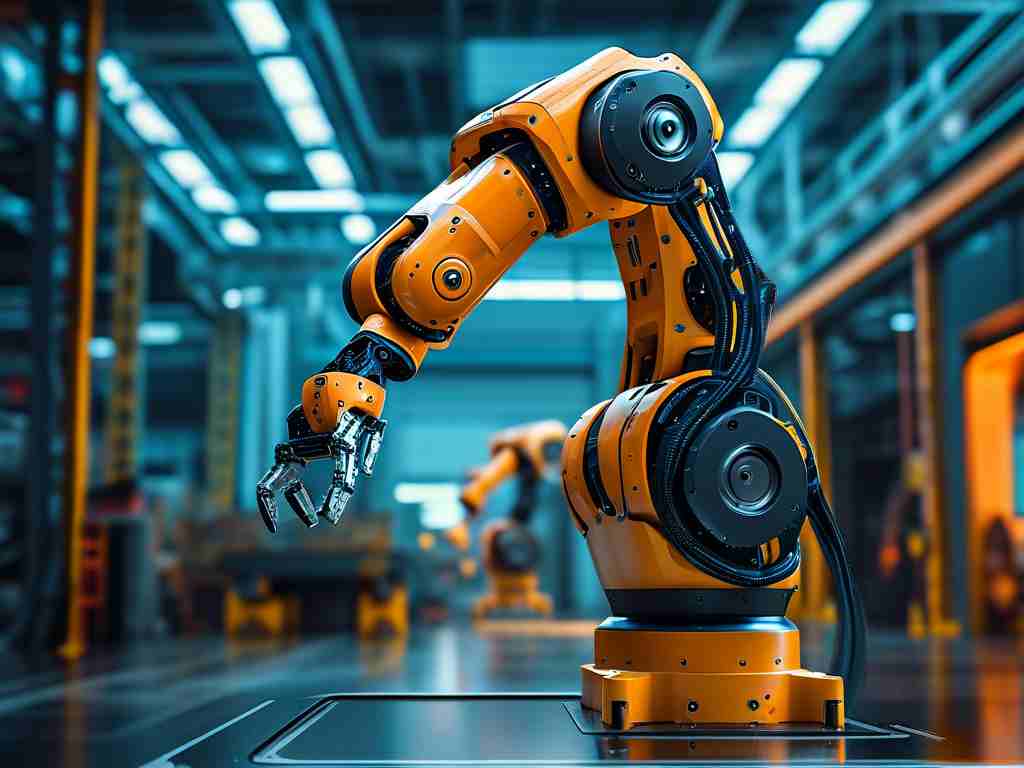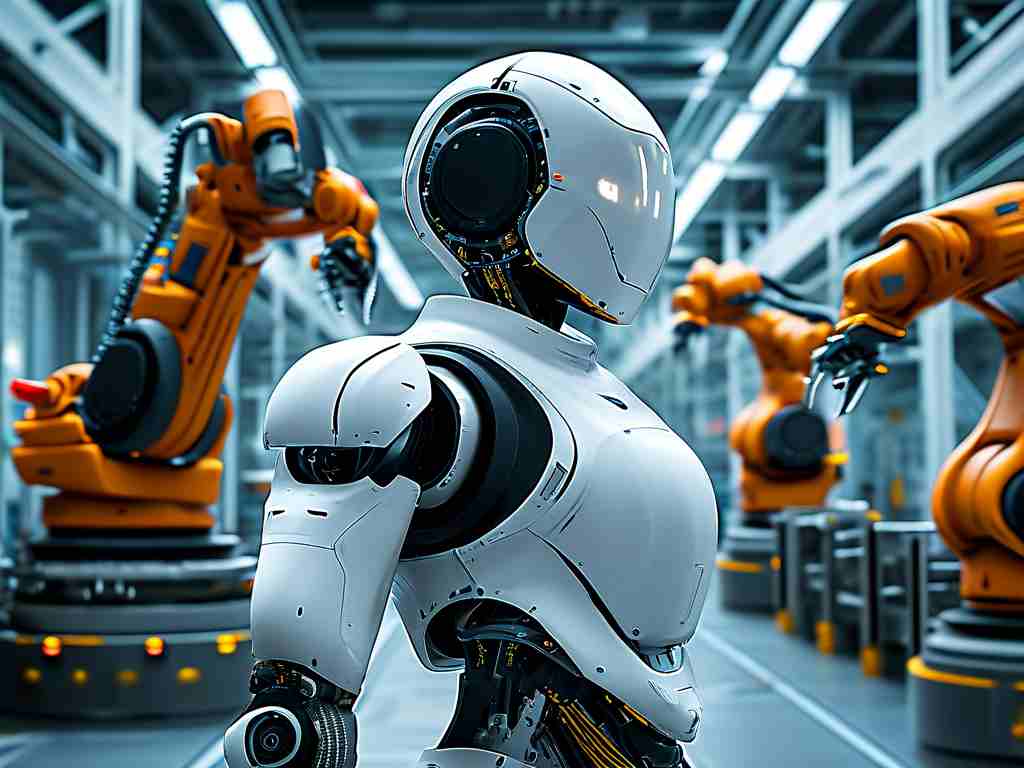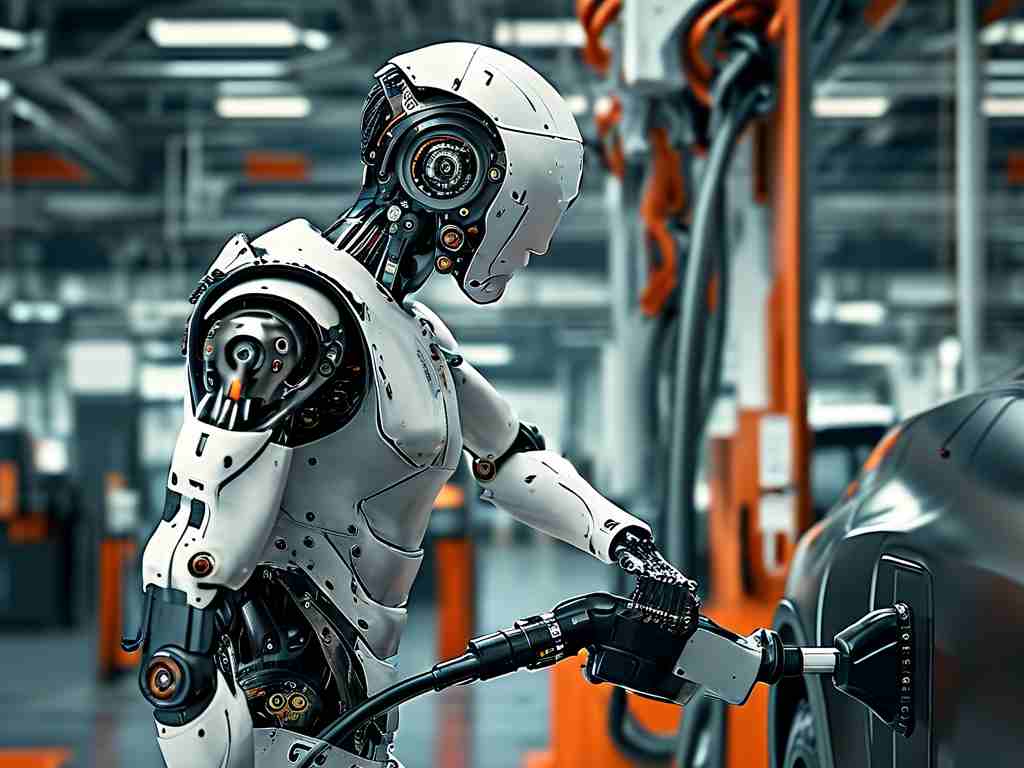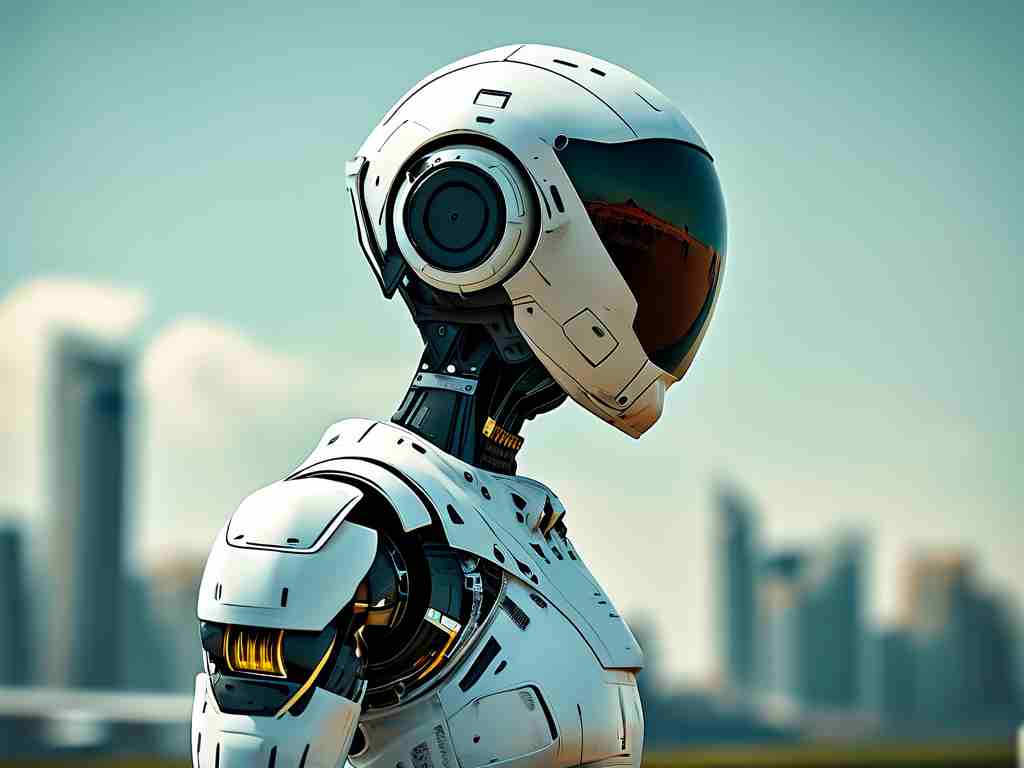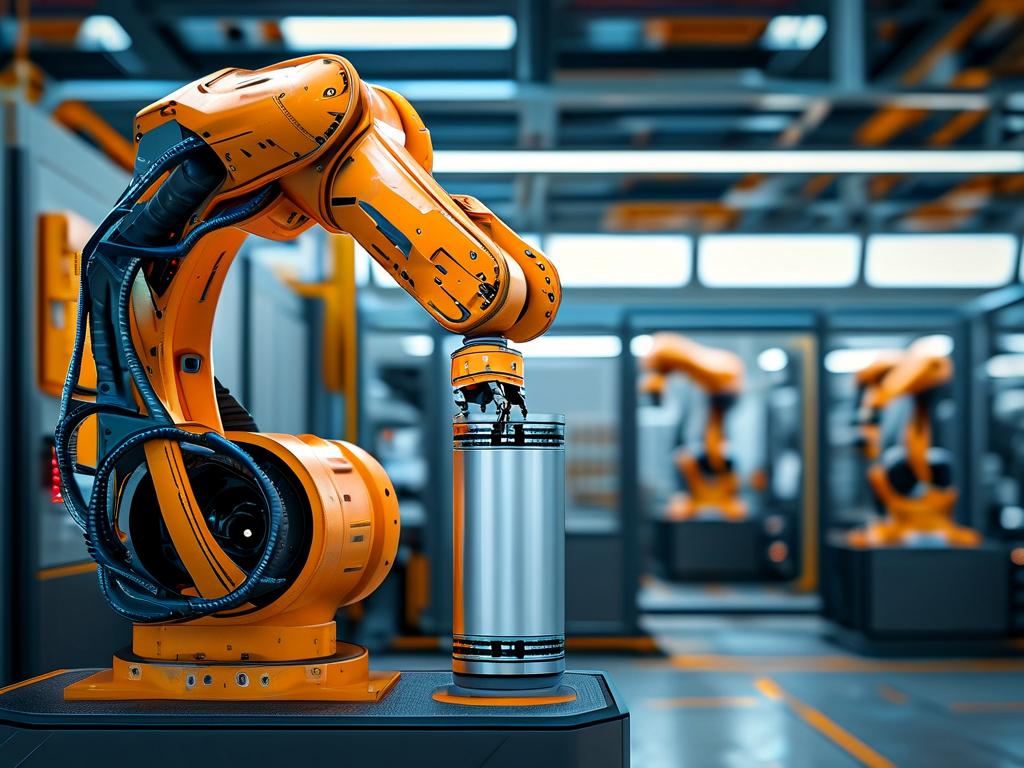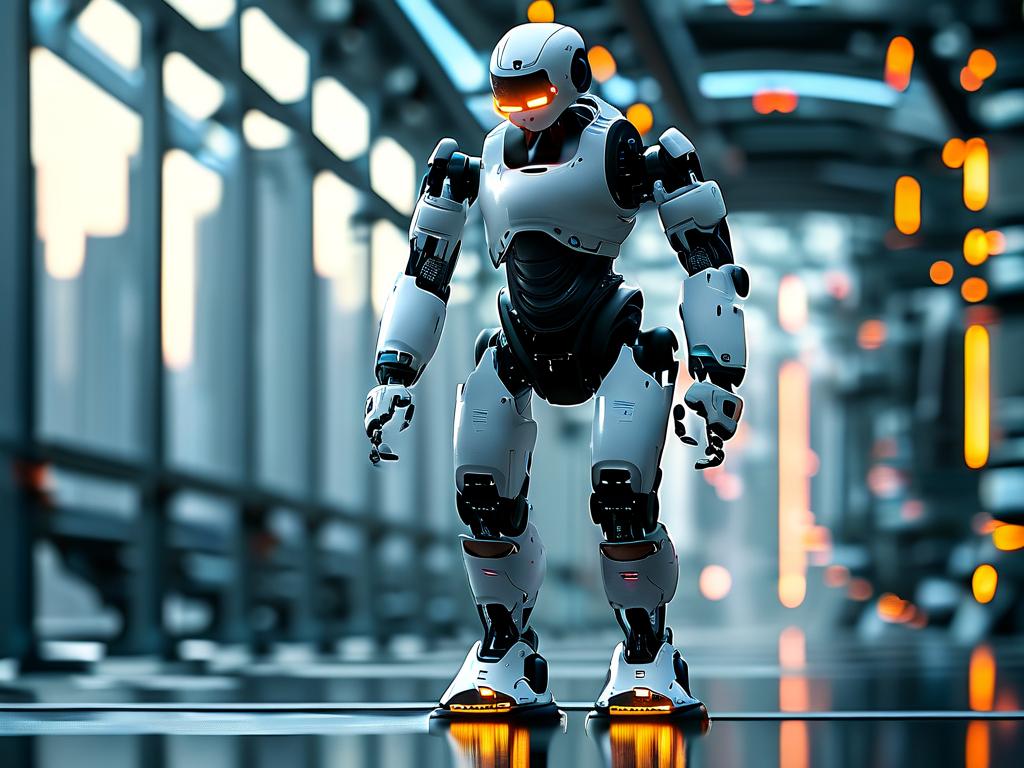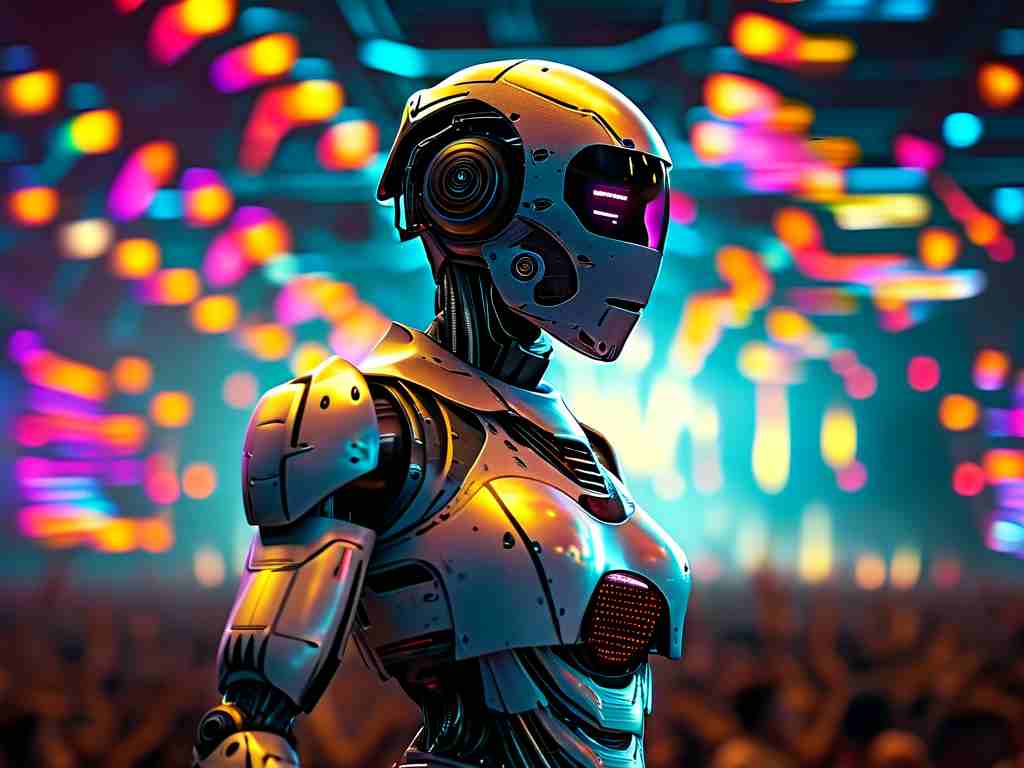The evolution of robotic systems has entered a transformative phase with the emergence of advanced collaborative motion technologies. These innovations enable multiple robots to operate in unison, executing complex tasks with unprecedented precision. Unlike traditional automation models that rely on isolated robotic units, modern systems leverage real-time data sharing and adaptive algorithms to achieve synchronized movements. This paradigm shift is redefining efficiency standards across manufacturing, logistics, and healthcare sectors.
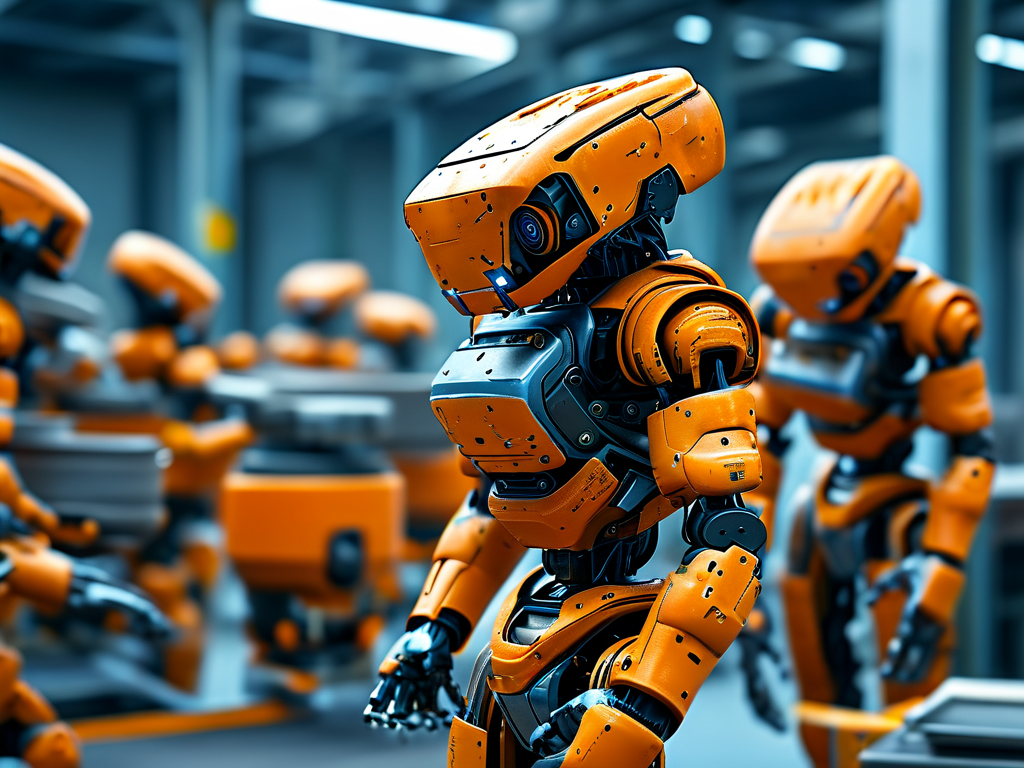
At the core of this technology lies multi-agent coordination frameworks. Engineers now deploy hybrid architectures combining centralized control systems with decentralized decision-making modules. For instance, in automotive assembly lines, six-axis robotic arms equipped with LiDAR sensors dynamically adjust their trajectories based on the movements of adjacent units. This eliminates collision risks while maintaining micron-level accuracy during component placement. Such systems utilize quantum-inspired optimization algorithms to resolve motion conflicts in under 50 milliseconds, a 300% improvement over legacy solutions.
Communication protocols play an equally critical role. The adoption of 5G-enabled Time-Sensitive Networking (TSN) ensures sub-millisecond latency for command transmission. In warehouse automation scenarios, autonomous mobile robots (AMRs) demonstrate this capability by forming impromptu conveyor chains. When one robot detects an obstacle through its stereoscopic cameras, the entire group recalculates pathfinding parameters collectively—a process managed through blockchain-secured data ledgers to prevent signal tampering.
Biomimetic design principles further enhance collaborative efficiency. Researchers have developed swarm robotics models mimicking ant colony behavior, where units prioritize task allocation based on real-time workload metrics. Pharmaceutical laboratories employ this approach for parallel drug testing: hundreds of micro-robots distribute samples while maintaining sterile conditions through coordinated UV sterilization cycles. Machine learning models trained on fluid dynamics simulations optimize these movements, reducing energy consumption by 40% compared to randomized patterns.
Safety mechanisms have evolved in tandem with motion coordination capabilities. Next-generation force-torque sensors enable robots to detect human presence within 0.3-meter radii, triggering emergency deceleration protocols. Collaborative robots (cobots) in surgical settings exemplify this dual focus on precision and safety. During minimally invasive procedures, three robotic manipulators—controlling endoscopes, scalpels, and suction tools—adjust their operational boundaries based on live MRI feedback, achieving sub-100-micron synchronization accuracy.
Despite these advancements, challenges persist in cross-platform interoperability. Industry leaders are advocating for standardized API frameworks to unify communication between heterogeneous robotic systems. Early adopters like aerospace manufacturers report 22% faster production cycles after implementing universal motion control interfaces compatible with 15+ robot brands.
The environmental impact of collaborative robotics is gaining attention. A recent study revealed that synchronized motion planning reduces idle energy waste by 63% in electronics assembly plants. Solar-powered agricultural robots employing these techniques demonstrate even greater sustainability, coordinating crop monitoring and harvesting routes to minimize soil compaction.
Looking ahead, neuromorphic computing promises to revolutionize motion coordination. Experimental systems using memristor-based chips process spatial relationships 80x faster than conventional GPUs, enabling thousand-robot swarms to self-organize without central oversight. As these technologies mature, the boundary between automated systems and collective intelligence will continue to blur, reshaping industrial and societal landscapes alike.


